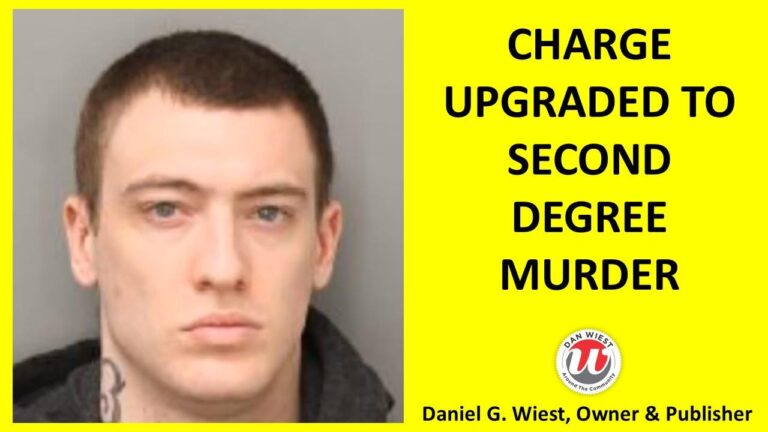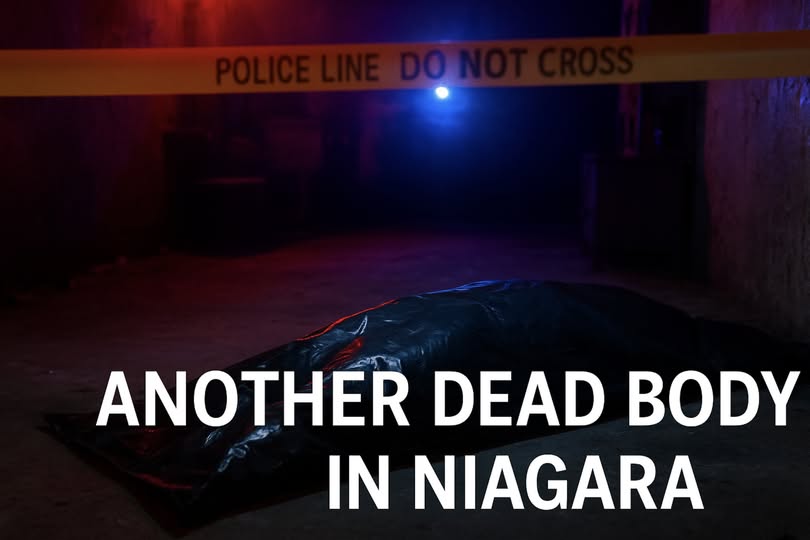In the early hours of Wednesday, the peaceful town of Port Colborne awoke under a cloud of fear—police vehicles, flashing lights and urgent calls filling the streets. What began as a routine response to a reported weapons incident escalated into tragedy: 42‑year‑old Mark Pero, a member of this small community, was found dead, and the incident has now been ruled a homicide by the Niagara Regional Police Service (NRPS).
Investigators identified 27‑year‑old Brady Neff, also of Port Colborne, as the accused. Neff has been formally charged with second‑degree murder in connection with Pero’s death, after the weapon believed to have been used was recovered. Police say Neff and Pero were known to each other, indicating this was not a random act of violence but a targeted confrontation.

Alongside the murder charge, Neff faces a slate of additional charges: domestic assault, uttering threats, choking, pointing a firearm, and possession of a firearm. These pre‑existing charges suggest the accused had been involved in violent behaviour before the fatal encounter.
As news spread, Port Colborne and the wider Niagara Region braced for the worst. Several schools were placed on hold‑and‑secure, residents were urged to remain in their homes, and police conducted an extensive search of the area until the arrest was made. For hours, the sense of fear was palpable. It subsided only when the suspect was taken into custody, though the emotional shock remains.
But the sorrow in the community runs deeper than this singular event. Local residents and advocates are growing weary of hearing the same story again: Another life lost, another family broken, another neighbourhood asking the anguished question: how can this keep happening? One resident poignantly voiced the frustration: “This shouldn’t be normal… Every time something like this happens, we hear promises — but families are still being torn apart.”
The NRPS’s homicide unit now leads the investigation. They are gathering evidence, reviewing surveillance footage and speaking with potential witnesses to piece together the events that led to Pero’s killing. Observers note that such cases often trigger renewed debates about prevention strategies, community intervention, and the allocation of law enforcement resources.
In the aftermath, Port Colborne has rallied around Pero’s memory. He is being remembered not just as a victim, but as a neighbour, friend, and member of this tight‑knit town. As the community mourns, there is also a growing resolve to demand better safeguards, stronger protections for those at risk and justice mechanisms that prioritise prevention rather than only reaction.
Another life has been lost. Another tragedy has shaken Niagara. And once again, people are waking up to a question that should no longer have to be asked: when will it finally stop?
